
Who doesn’t crave a flat, smooth, and taut tummy? While you can hit the gym and sweat it out to get a flatter and tighter tummy, for some of you, undergoing a tummy tuck surgery can feel like a natural choice. After all, it’s your body, and most certainly your decision to make.
If done well, a tummy tuck can give you the flat smooth abs of your dreams, make you feel beautiful, and boost your confidence. But the one thing you simply cannot overlook is the possibility of scarring post the procedure. A tummy tuck is an invasive procedure.
Thankfully, there are many ways of dealing with your tummy tuck scars – the Dermaflage Scenes Concealer is one such nifty product that can come in handy to conceal surgical scars. So, without further ado, let’s learn all about tummy tuck scars and ways to treat them post-surgery.
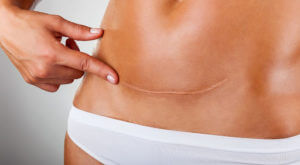
Source: rescloudinary.co
All About Tummy Tuck Scars
A tummy tuck is a surgical procedure that reshapes the abdominal region of your body. While the procedure broadly involves the removal of excess fat, tissue, and loose skin, tummy tuck surgeries can be performed in several different ways. As a result, there can be different types of tummy tuck scars. And they can vary in position, intensity, and even shape.
Horizontal Abdominal Scars
Extended tummy tuck surgeries that involve the removal of fatty tissues from the lower abdominal and/or hip area usually leave behind the largest of scars. Such scars can run horizontally from hip to hip. Most tummy tuck incisions are made in such a manner that they can be hidden by lingerie bottoms or swimwear.
Apart from that, even mini tummy tuck surgeries also result in horizontal side-to-side scars. But these are shorter in length and much less intense than extended tummy tuck scars.

Vertical Scars
Sometimes plastic surgeons perform what is known as a Fleur-de-Lis tummy tuck – an advanced type of tummy tuck, to remove excess skin from the midriff. Such a procedure can leave behind a vertical scar running from the bottom of the navel to just above the pubic region.
A tummy tuck surgery that involves the removal and repositioning of your belly button can leave a small vertical scar in addition to a horizontal scar. The scar resembles the alphabet T. Undoubtedly more difficult to conceal, T-shaped scarring does eventually fade over time.
Keloid Scars
Now let’s talk about a few uncommon types of tummy tuck scarring. These are irregular scars caused by excess collagen creation in the skin during the healing process. Keloid scars usually form behind the surgical site and are common in those genetically predisposed to it.
Hypertrophic Scars
Another type of irregular scarring, hypertrophic scarring is easily discernible from its red, slightly bumpy texture. Although rare, hypertrophic scars can develop during the healing process after the surgery. These scars have been known to recede on their own in certain cases.
Reverse Tummy Tuck Scars
Last on this list is a reverse tummy tuck scar which is formed when the plastic surgeon pulls and tucks excess skin upwards near the chest area. This results in a horizontal scar just underneath the breasts. Like with horizontal scars, reverse tummy tuck scars can be hidden by lingerie and/or bikini tops. Reverse tummy tuck scars are fairly rare and do fade with time.
Who knew you could develop so many different types of scarring from a simple tummy tuck procedure, eh? But hold your horses, because there are more ways to treat these scars than the types of scars themselves!
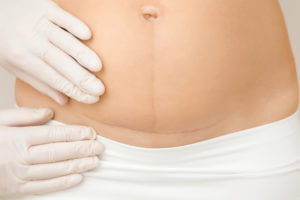
Source: shutterstock.com
5 Ways to Fade & Treat Your Tummy Tuck Scars
Do tummy tuck scars go away? No. But tummy tuck scars do fade over time and become barely noticeable. And if you are beginning to hate your scars, gently remind yourself that you love your body and aren’t afraid of making it better.
But in case you don’t want your scars to show, here are a few options to explore:
#1 Pre and Post Op Care
A good tummy tuck scar treatment regime involves pre and post-op care. Select your plastic surgeon carefully and clearly communicate any apprehensions you might have.
Make it a point to stop smoking for at least 6 weeks before surgery. This will help in reducing post-surgery complications.
After the procedure, follow all the instructions from your doctor diligently. Develop a self-care routine for yourself. Do not try unverified hacks – stick to professional advice. A healthy diet rich in seasonal fruits and vegetables coupled with plenty of fluid intake is crucial to the healing procedure. It allows your scars to heal and fade naturally.

Source: shutterstock.com
#2 Taping
Most plastic surgeons seal the tummy tuck sutures with steri strips or paper tapes. These need to be used for six weeks from the date of surgery and must be changed every 5-7 days. Taping exerts a slight pressure on the incision site and helps in minimizing scarring.
#3 Topical Treatments
You can start applying topical ointments and creams once your incision site has closed and healed completely. Research shows that products containing silicone accelerate healing by imitating the natural healing properties of the skin.
Another great option for topical application is the Good Skin Corrective Cream by Dermaflage. It fortifies the skin, helping lighten scars, and improves elasticity and skin texture with daily use.
Apart from that, skin creams containing Vitamin E and cocoa butter are effective in fading scars. Gently massage a few drops of pure and organic Vitamin E oil on the affected area once every day for 1-2 months to speed up the healing process.
Whenever you step out, apply a layer of sunscreen on the incision site to prevent sun damage. Continue doing so for a year at the very least for the best results.
#4 Laser Therapy
Surgery to cure surgical scars might sound a tad counterproductive, but it works! The thing is, your tummy tuck scars after 1 year are a fair indicator of how they’ll look for the rest of your life. So, if you want to treat your scar, try laser resurfacing treatments. But as with any kind of laser therapy, multiple sittings will be required before your scars fade completely.
#5 Makeup and Skincare Products
Last but not least and certainly the most non-invasive option of all is using makeup products to conceal your scars. The Dermaflage Behind the Scenes Concealer with its heavily pigmented, smudge, water, and transfer-proof formula can help you cover your tummy stuck scars with just a few brush strokes. The best part? It lasts all day and you don’t need any setting powder to keep the concealer in place – a total winner!
It’s Your Body – Show It Some Love
By now you have a fair idea of how to deal with scars from tummy tucking surgeries. No matter which method of treatment you choose, remember to allow your body the time it needs to heal. Do not rush the process and certainly do not push yourself to get rid of the scars.
Your body is precious. Show it the love it deserves.


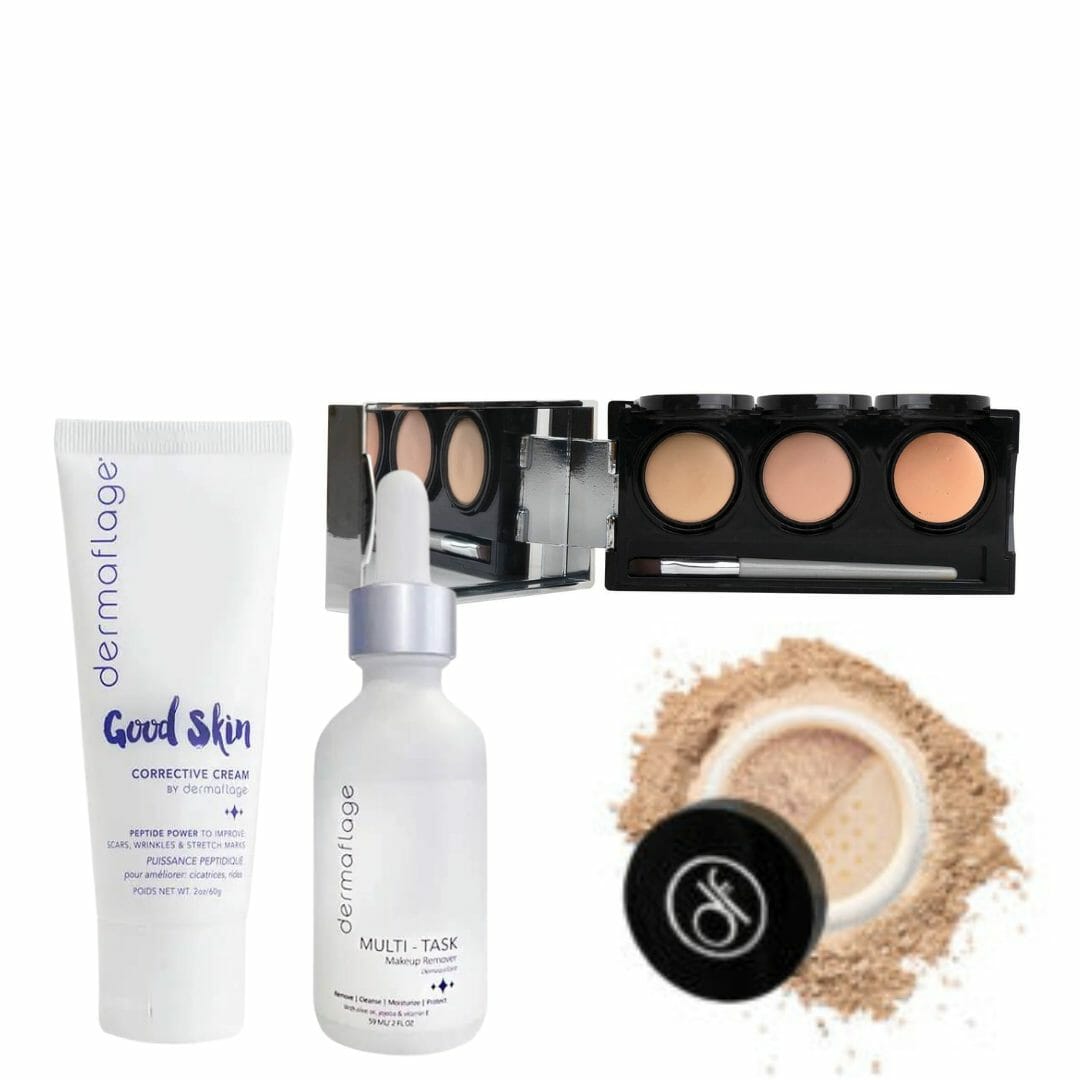
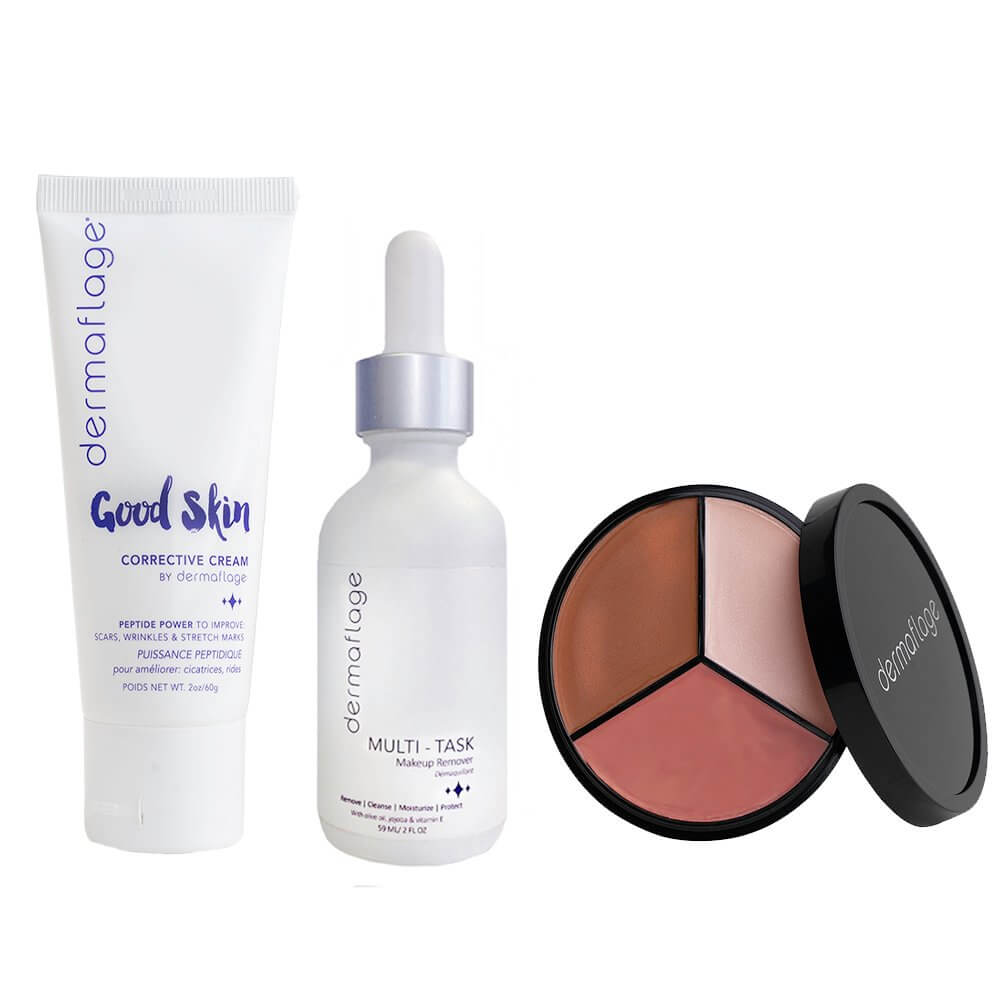

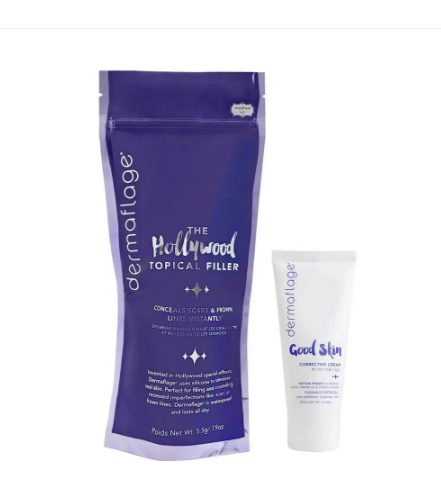


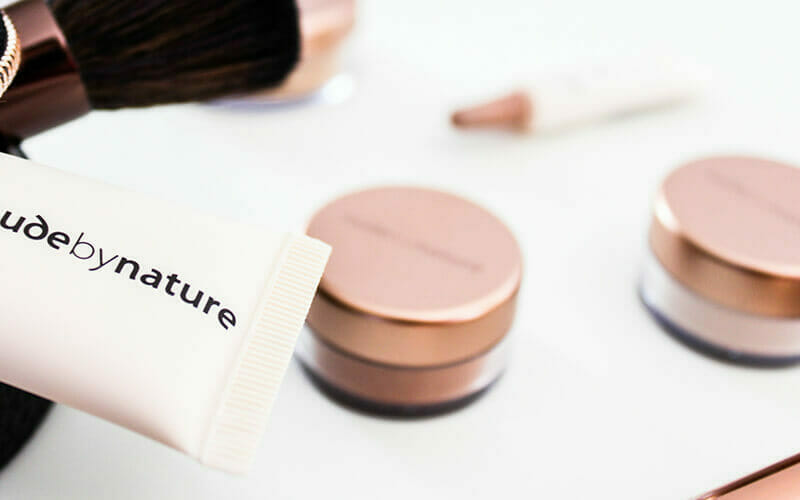

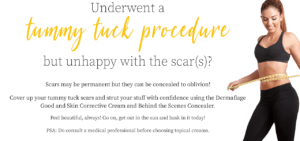





Leave a Reply
You must be logged in to post a comment.